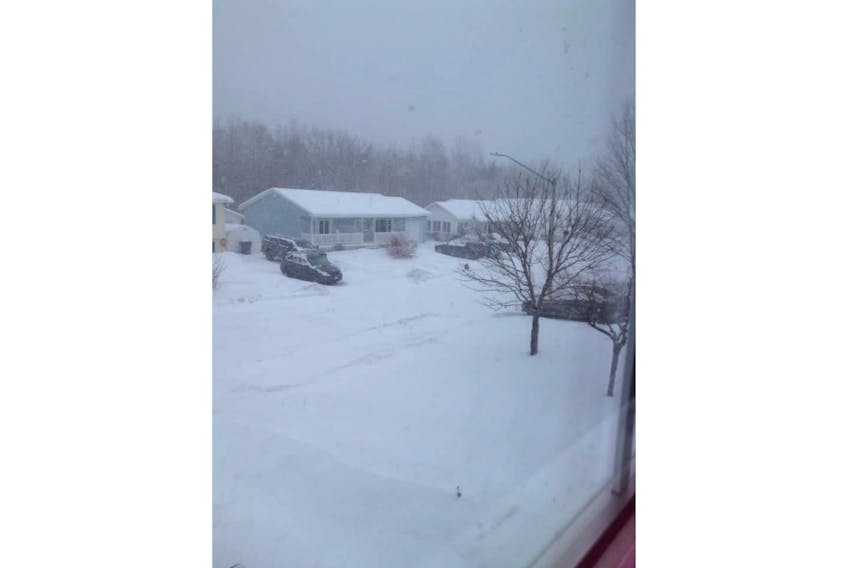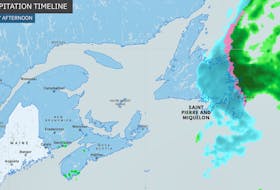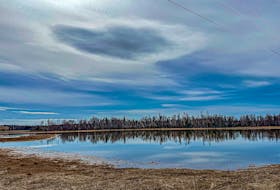It has been a wild winter across Atlantic Canada. The storm track has been and continues to be over our region. Why? Because the elusive jet stream – that imaginary highway in the sky along which storms travel – is overhead. The nearer the jet stream, the more unsettled the weather will be. Frequent systems with alternating cold and warm air masses create wind. Wind blows the snow around.

Now some of us have more snow that others. Right now, the depth of snow on the ground ranges from almost 100 cm in Gander, N.L., to not a flake in parts of Nova Scotia.
The other day I heard a weather presenter talk about the blowing snow in his area. Blowing and drifting snow are often misunderstood. They do share many similarities, but they can also be very different.
Blowing snow is defined as snow lifted by the wind at a height of 2.5 metres - eight feet - or more that will reduce visibility. This can take place during a storm or on a sunny day. A strong wind behind a snowstorm can still pick up the freshly fallen snow and blow it around enough to reduce visibility. Blowing snow can lead to snow drifts, or banks of deep snow built up by the wind, which brings me to drifting snow.
Drifting snow, like blowing snow, is defined as snow lifted from the surface by the wind. The key difference is that the snow remains below 2.5 metres.
Drifting snow generally doesn't reduce visibility as much as blowing snow does, since it’s not lifted as high.
Despite their differences, they are both hazardous and can lead to serious problems for drivers. Be mindful of the wind, make sure your headlights and taillights are on and leave a few car lengths between you and the vehicle in front of you. Winter driving is tricky - it’s important to adjust for the conditions.
Have a weather question, photo or drawing to share with Cindy Day? Email [email protected]
Cindy Day is the chief meteorologist for SaltWire Network.
RELATED









